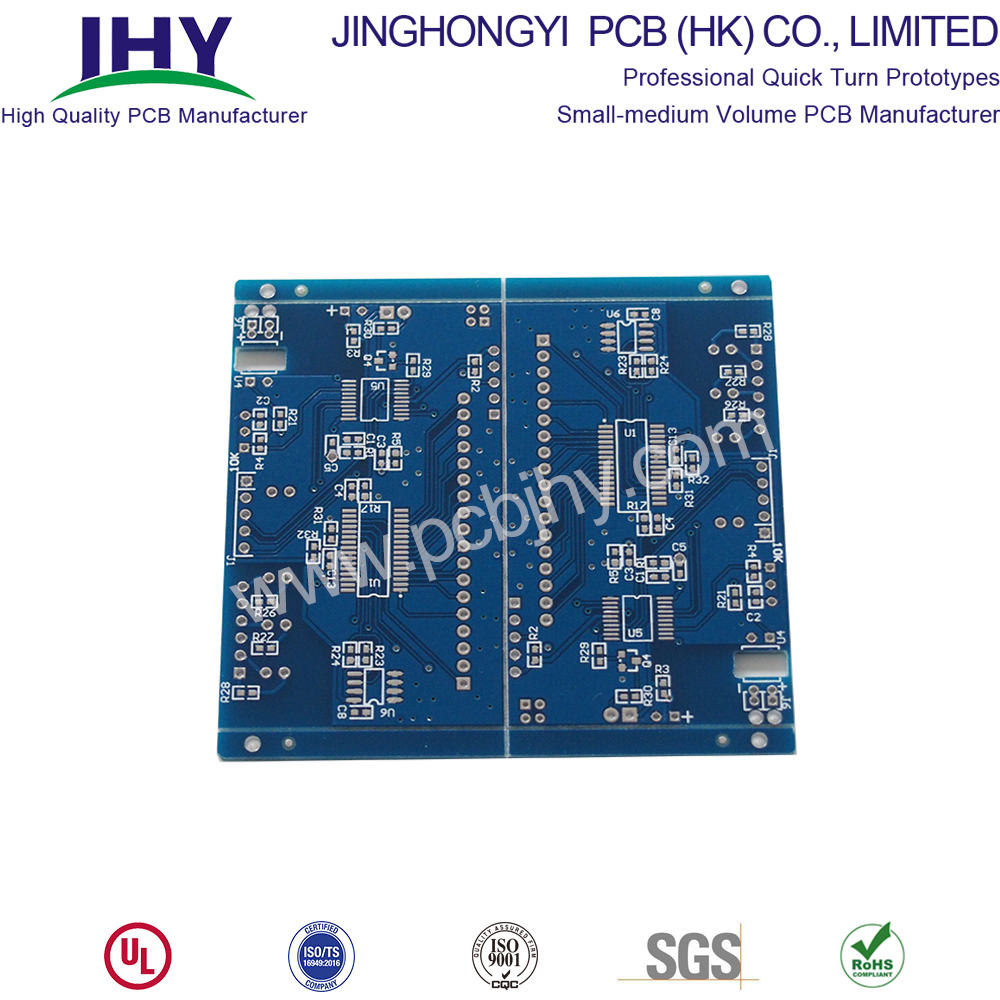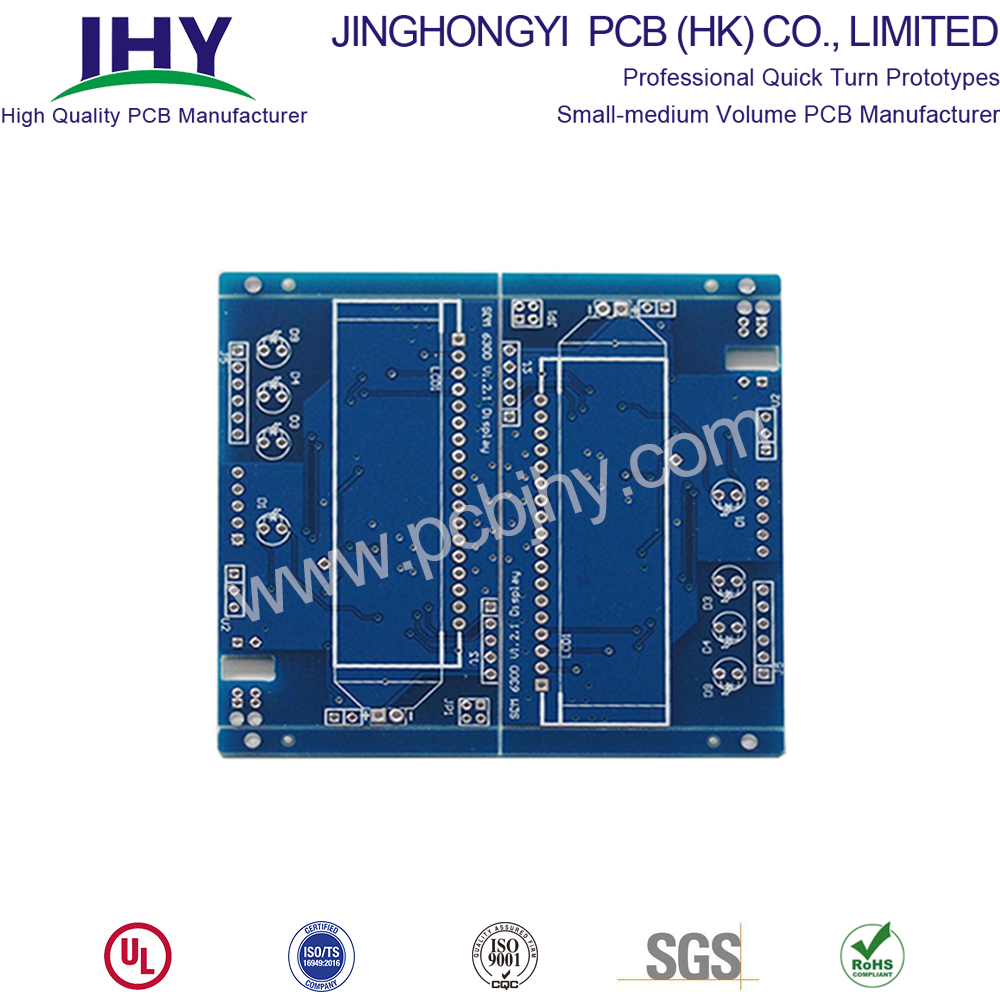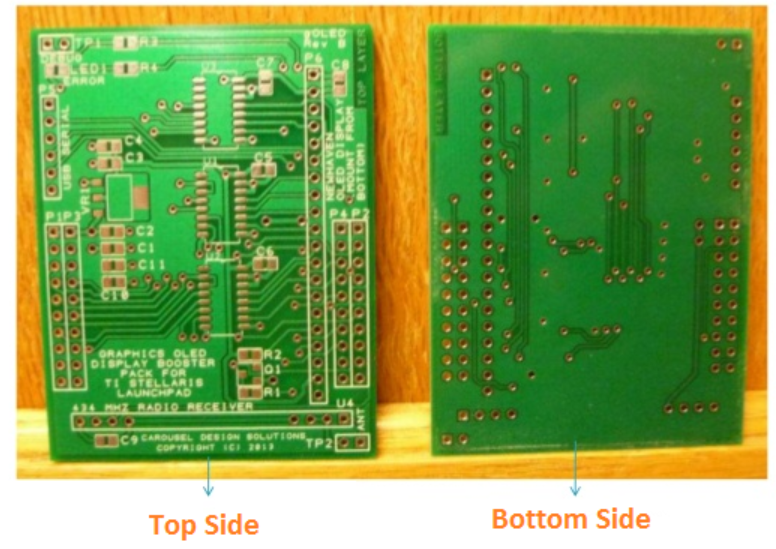
Therefore, we must always remember to use the smart TV when it is used. Remember that we need to regularly use software to clean up garbage and cache regularly. In terms of hardware, the relative maintenance and maintenance of smart TVs is simple, and we can prevent excessive accumulation of production. Yes, thunderstorm weather, attention to lightning protection, humidity, indoor humidity should not be too high, you can not cover the machine with a cloth, at least in the boot state can not, because the LCD screen will produce more heat during work. It is not possible to contact the LCD screen with a corrosive liquid. The color cast problem may be due to the aging of the backlight source of the LCD TV. Similar to a light bulb, this light source cannot generally be used for 20 years, and when the basic life span reaches an average level, the light intensity becomes weak.
When it comes to here I have to use 811 LCD screen material:
The liquid crystal panel is mainly composed of two pieces of sodium-free glass sandwiched by a sandwich composed of a polarizer, a liquid crystal layer and a color filter. The surface of the LCD screen looks like a solid black screen. In fact, manufacturers will add a special layer of coating on this screen. The main function of this special coating is to prevent the user from being reflected and glare by other light sources while using it, and at the same time enhancing the color contrast effect of the LCD screen itself.
LCD TV adopts the principle of backlight and uses a lamp tube as a backlight source. The auxiliary optical module and the liquid crystal layer control the light to achieve an ideal display effect. Liquid crystal is a regularly arranged organic compound, which is a substance interposed between a solid and a liquid. At present, a nematic liquid crystal liquid crystal having a molecular arrangement most suitable for manufacturing a liquid crystal display is generally used. The liquid crystal itself cannot be configured to emit light. It mainly displays images by changing the arrangement of liquid crystal molecules due to an electric field generated by a change in voltage.
However, because the coating materials used by various manufacturers are not the same, of course, its durability will be different. Therefore, the user must not wipe the surface of the screen with any alkaline or chemical solution when cleaning.
Four strokes quickly remedy and extend for ten years:
The following four ways and methods must always pay attention and keep in mind!
1) How to correctly remove the dirt on the surface of the LCD TV screen
The LCD screen is the core part of the LCD TV, and naturally it is the focus of cleaning. The LCD display surface is covered with glass. If you find dirt on the surface of the LCD monitor, use the correct method to remove the dirt.
There are two types of stains on the LCD panel. One is the dust in the sticky air that accumulates over time, and the other is fingerprints and oils that the user inadvertently left behind. To remove dirt from the LCD screen, the media used is preferably a soft, non-fibrous material such as absorbent cotton, lens paper, or a soft cloth, which is then gently wiped with a small amount of glass cleaner (wipe when lightly applied) , otherwise the screen will be short-circuited due to damage), prohibit the use of chemical solutions such as alcohol, do not use a hard towel to scrub the surface of the screen, so as not to wipe the screen surface and affect the display, can not use rough cloth or paper items Because this type of material is prone to scratches.
Do not spray cleaner directly onto the surface of the screen. It can easily flow into the screen and cause a short circuit inside the LCD screen, causing unnecessary loss. Cleaning the screen also requires regular quantification, and frequent scrubbing is also wrong, as it can also cause some adverse effects on the TV screen.
2) Put an end to some bad habits
When not watching TV, please close the LCD screen (not limited to the closed state of the remote control) to prevent the accumulation of dust; do not use the fingertips (usually hand pointing to the screen) or sharp objects slide on the LCD surface, so as not to Scratches the surface.
3) Keep the use environment dry and away from some chemicals
Do not put the LCD TV in a damp place. If the moisture has already entered the LCD TV, you must put it in a warm place to allow the moisture to evaporate. The current LCD screens are coated with a special coating on the screen to make the screen have a better display effect. The hair spray, alcohol, and anti-mosquito agents frequently used in summer are sprayed on the screen and dissolve the layer. The special coating causes damage to the liquid crystal molecules and even the entire screen, resulting in a shortened life span of the entire TV. Therefore, contact with moisture and chemicals is avoided as much as possible.
4) Safety Tip: Do not disassemble the body
LCD TVs are the latest darling of home appliances. They are not only pleasing to the surface but also have a much longer lifespan than ordinary TVs. However, LCD TVs can only be used without problems for a long time if they are well-maintained. Never disassemble the LCD TV. Because the CFL inverter in the backlight unit may still have a high voltage of about 1000V even after a long period of time, this high voltage can cause serious personal injury. So never try to disassemble or change the LCD display to avoid high voltage.
Double Sided PCB - the most popular type of PCB in the industry
While single-sided PCBs are simple and ideal to use when possible, many circuits require two sides. Double-sided PCB boards offer a wide variety of possibilities for circuit board designers because they have more surface area and flexibility when routing traces. Using two sides instead of one also allows for a smaller board size overall, which can be important when building small-scale, integrated devices.Double-sided PCB is one of the most common types of PCB. Moreover, the two-sided PCB and the single-sided PCB are basically the same to some extent. The difference is that the single-sided PCB has only one conductive surface. That is to say, the one-sided PCB has copper on one side of the board, but the two-sided PCB has conductive layer on each side. The dielectric layer is surrounded by the copper layer of the circuit and welding masks on both sides. Technically, single-sided circuit boards will not be copper plated in boreholes. Passing holes allow manufacturers to create traces on both sides that are adjacent to each other and connected between layers. PCB manufacturers use double-sided PCBs for products that require elementary to intermediate circuit complexity. This type of PCB does not provide as much circuit complexity or density as multi-layer PCB, but it is the most economical choice in many applications.
Nowadays, double-sided Printed Circuit Boards can be designed and manufactured in a variety of ways, including silver and gold surface treatment, high and low temperature and solder coating. This versatility enables them to power almost unlimited numbers of projects at cost-effective prices. Because of these advantages of double-sided PCB, double-sided PCB technology has become the most popular type of PCB in the industry.

What is Double-Sided PCB?
Strictly speaking, the Double-Sided PCB is one kind of the important PCB boards which is useful in PCB industry. They allow for the routing of traces around each other by jumping between a top and bottom layer by way of vias. Generally speaking, There are lines on both sides! The common PCBs can be seen such as, Rigid PCB , Flexible circuit board, Aluminum PCB and Metal Core PCB.
It need circuits on both sides. Via is the holes on boards, coated with metal and it can connect wires on both sides. Because the area of Double-sided PCB is twice as large as the Single-sided PCB, and because the wiring is interleaved, which is better suited for circuits that are more complex.
Someone may feel confused that if one Double-sided PCB, wires on both sides while Electronic parts only one side, is this a Double-sided board or a single onel? The answer is obvious. This kind of board is a Double-sided board, it's just install a component on the Double-sided board.So the question is, if a double-sided PCB has circuits on both sides, but only one side has electronic accessories, is it a double-sided PCB or a single-sided PCB? The answer is obvious. This kind of board is a double-sided circuit board. It only installs a component on the double-sided PCB.
Double sided circuit boards are one of the most popular types of PCBs as they enable manufacturers to produce more complex circuits, which can benefit uses in higher technology applications and electronics. There is an abundance of applications and electronics which double sided PCBs can be used in including: lighting systems, vending machines, amplifiers, car dashboards, and many more.
Double Layers PCB expands design capability and reduces physical sizes.

Double-Sided PCB material
The manufacturing base material of PCB is rigid glass fiber laminate. In the actual manufacturing process, many types of PCB materials can be used. Which material to use is determined by the PCB designer to meet electrical, temperature and other related characteristics. However, the standard material commonly used is fiberglass, which we usually call FR4.
FR, which technically stands for "flame retardant", does not mean specific material, but refers to material grade. However, it is a glass fiber reinforced epoxy laminate with flame retardant standard UL94V-0.
FR4 is the most common and typical choice of rigid PCB materials. Usually we classify them into three categories:
Normal Tg = Material melting point over 130 degrees Celsius
Medium Tg = Material melting point more than 150 degrees Celsius
High Tg = Material melting point more than 170 degrees Celsius
Double-Sided PCB construction

Double Sided PCB Layers


Benefits of Double-Sided PCBs
Double-sided PCB is a widely used component in various applications, because it can achieve greater flexibility in designing more complex circuits. The following are some advantages of double sided PCB:
- Improving circuit density and complexity: By having conductive layers on both sides, the component space of double-sided PCB is twice as large as that of single-sided PCB. It can easily increase the density and complexity of the circuit.
- Double-sided PCB is widely used: Double-sided PCB has circuit complexity and can be used for many common electronic products at reasonable prices. Use double-sided PCB to make popular electronic products for daily use.
- More suitable for more complex projects: Double-sided PCB is the same size as single-sided PCB, but has twice the component space. Design more complex projects with the same amount of space.
- Cost-effective manufacturing: Double-sided PCB has the ability to be used in a large number of projects, and the price is lower than multi-layer PCB, avoiding paying extra costs.
- Provide more design possibilities: at relatively low cost, you can greatly expand the number of projects available for your functions and budget. Creating innovations that a single-tier PCB cannot achieve.
- Redirect the PCB current while keeping the top free: You can use the bottom of the double-sided PCB as grounding copper casting for sinking and output current.
Double sided PCB boards is different from Single-sided PCB.
Single-sided PCB is the basic one, the spare parts are concentrated in one side, and the circuit is concentrated on the other. Because the wires only appear on the one side of themso we called Single-sided PCB. Because the single-sided PCB has many strict restrictions on the design circuit (because only one side, the wiring cannot cross and must move around the individual path), so it only used on earlier circuits.
Single-sided PCB diagram mainly used Network Printing(Screen Printing), that is, resist on copper surface, After etching, mark the welding resistance, and then finish the hole and the shape of the part by punching.
Single-sided printed circuit boards are widely used in many electronics whereas double sided circuit boards are often used in higher technology electronics.
Single-sided printed circuit boards are commonly used in an array of electronics and applications, including: camera systems, printers, radio equipment, calculators, and much more.
Benefits of Single-Sided PCBs
Single-sided circuit boards are considered to be one of the best choices for a wide range of applications due to the advantages that it provides. Here are a few advantages of single-sided printed circuit boards:
- The cost of manufacturing and producing single sided circuit boards are very cost-effective and affordable due to the simple and basic designs. These types of PCBs are widely understood by various manufacturers which makes single-sided boards the best choice for circuit designs that are simple and low density.
- As single-sided boards are less complex, there will undoubtedly be fewer problems during the manufacturing stage, which enables manufacturers to produce these boards at higher volumes and at faster speeds. Due to this, they are commonly used in many applications and electronics.
With higher volume orders, single-sided circuit boards can be more affordable and available at reduced costs.
Double-Sided PCB Applications
Many of the electronics found in everyday life function on double-sided PCBs. Applications of double-sided PCBs include:
- Industrial controls
- Power supplies
- Converters
- Control relays
- Instrumentation
- Regulators
- UPS systems
- Power conversion
- HVAC
- LED lighting
- Hard drives
- Printers
- Phone systems
- Power monitoring
- Automotive dashboards
- Line reactors
- Test equipment
- Amplifiers
- Traffic systems
- Vending machines
Double-Sided PCB fabrication
Double Sided PCB Home Made DIY
DIY Double Sided PCB
Learn more about our products and services through the following links:
- Reflow double sided PCB
- A Collection of Questions on Double Sided PCB
- Advantages of Double Sided PCB
- Double Sided Metal Core PCB
- Double sided Rigid PCB
Double Sided PCB
2 Layer PCB,Double Sided Fr4 PCB,pcb prototype service,Double Layer PCB
JingHongYi PCB (HK) Co., Limited , https://www.pcbjhy.com